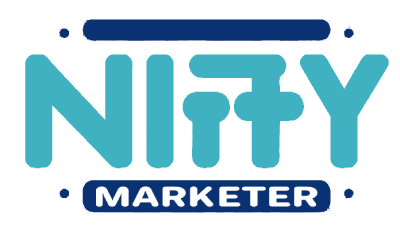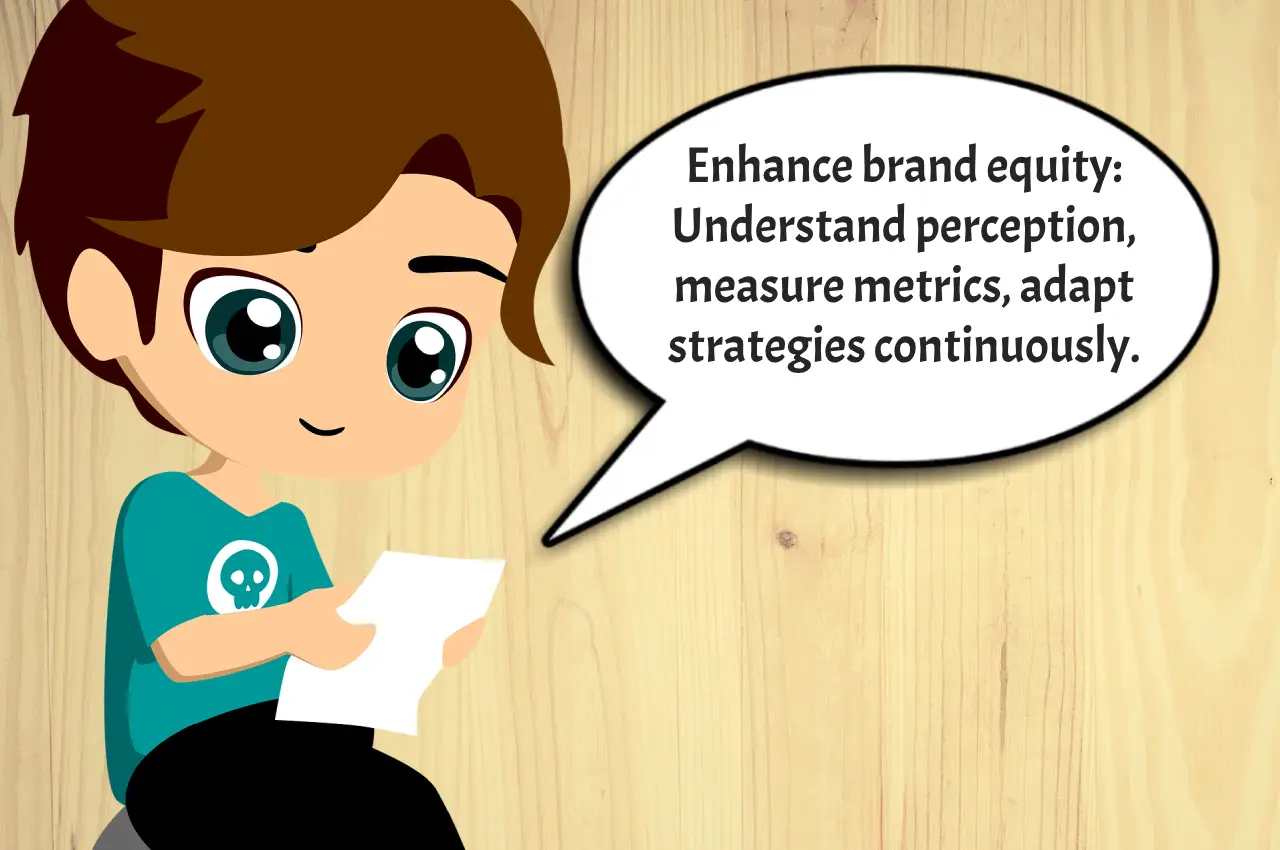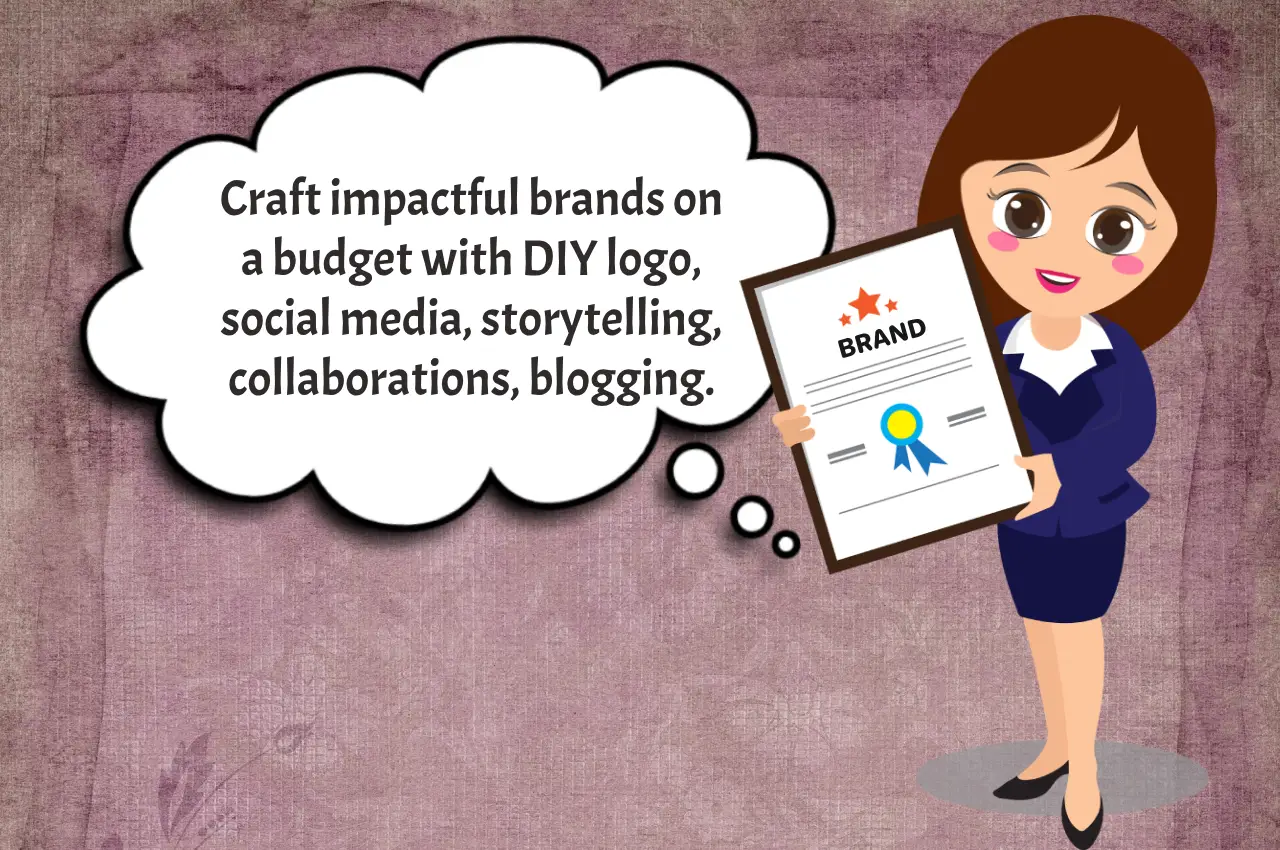In the bustling marketplace of today, understanding and enhancing brand equity is more crucial than ever. But what exactly is “brand equity”? In simple terms, it’s the value your brand holds in the eyes of your customers. While measuring this intangible asset can seem daunting, it’s essential for your brand’s success and growth.
Understanding Customer Perception
The heart of brand equity lies in customer perception. How do customers see your brand? A positive perception can lead to loyalty, which is gold in the marketing world. For instance, Apple’s customers don’t just buy a product; they buy an experience, an identity. That’s the power of strong brand equity.
Quantifying Brand Equity: Key Metrics
Brand Awareness: This measures how familiar your target audience is with your brand. Surveys and social media monitoring can yield valuable insights. For instance, Coca-Cola’s distinctive red and white logo is recognized worldwide, a testament to their high brand awareness.
Brand Loyalty: Loyal customers are your brand’s best friends. They not only buy repeatedly but also become brand ambassadors. Loyalty programs and customer feedback can help measure this. Consider Starbucks and their loyalty app, fostering a community of coffee lovers.
Perceived Quality: This is about how customers view your product’s quality compared to competitors. Customer reviews and ratings are gold mines for this metric. Toyota’s reputation for reliability is a prime example of high perceived quality.
Brand Associations: What comes to mind when customers think about your brand? Conducting brand association studies helps uncover these perceptions. For example, Nike is often associated with athleticism and inspiration.
Brand Assets: This includes trademarks, patents, and proprietary technology that add value to your brand. A robust portfolio of brand assets can be a game-changer.
Effective Techniques for Measuring Brand Equity
Surveys and Questionnaires: Directly asking your customers can provide invaluable insights. Keep questions clear and concise.
Social Media Analysis: Social media is a treasure trove of customer opinions and trends. Tools like sentiment analysis can gauge public perception of your brand.
Financial Metrics: Assessing premium pricing capabilities, market share, and revenue attributed to brand strength can reveal a lot.
Customer Retention Rates: High retention rates often signal strong brand equity. It shows that customers prefer your brand over competitors.
Net Promoter Score (NPS): This measures customer willingness to recommend your brand. A high NPS indicates strong brand loyalty.
Case Studies: Real-World Examples
Nike’s Brand Dominance: Nike invests heavily in marketing and brand associations with top athletes. Their consistent high-quality products and strong brand message “Just Do It” resonate deeply with consumers.
Tesla’s Innovative Edge: Tesla’s brand is synonymous with innovation in electric vehicles. Their focus on cutting-edge technology and sustainability has created a loyal customer base and high brand equity.
Building and Sustaining Brand Equity
Consistent Brand Messaging: Ensure your brand message is clear, consistent, and echoed across all platforms.
Quality Products and Services: Continuously improve your offerings. Customer satisfaction is key.
Engaging with Customers: Listen to your customers. Engage with them through social media, surveys, and customer service.
Innovate and Adapt: Stay ahead of the curve. Embrace new trends and technologies to keep your brand relevant.
Understanding Market Changes: The market is always evolving. Brands that understand and adapt to these changes maintain their equity.
Employee Advocacy: Employees can be your brand’s most powerful advocates. Encourage them to embody and promote your brand values.
Challenges in Measuring Brand Equity
Changing Consumer Preferences: As trends shift, so do consumer preferences. Brands must stay attentive to these changes.
Evolving Digital Landscapes: The digital world is ever-changing. Brands need to adapt their strategies to remain relevant online.
Global Market Dynamics: Global brands face the challenge of maintaining equity across diverse markets with different cultures and preferences.
Your Turn to Measure and Enhance
Measuring brand equity isn’t just a one-time activity. It’s an ongoing process. Start by understanding your current position using the metrics and techniques discussed. Then, strategize to enhance your brand’s value. Remember, your brand is one of your most valuable assets. Treat it with the care it deserves.
How do you measure and enhance your brand equity? What challenges do you face in this journey? Share your stories and insights. Your experiences can inspire and guide others. Let’s discuss in the comments below!





